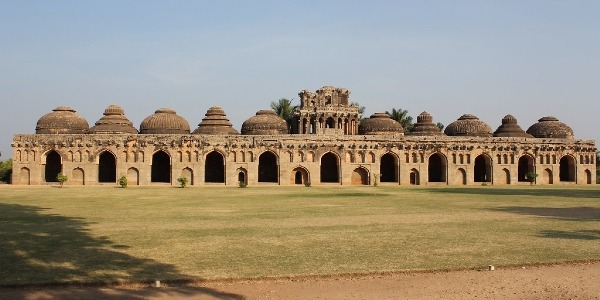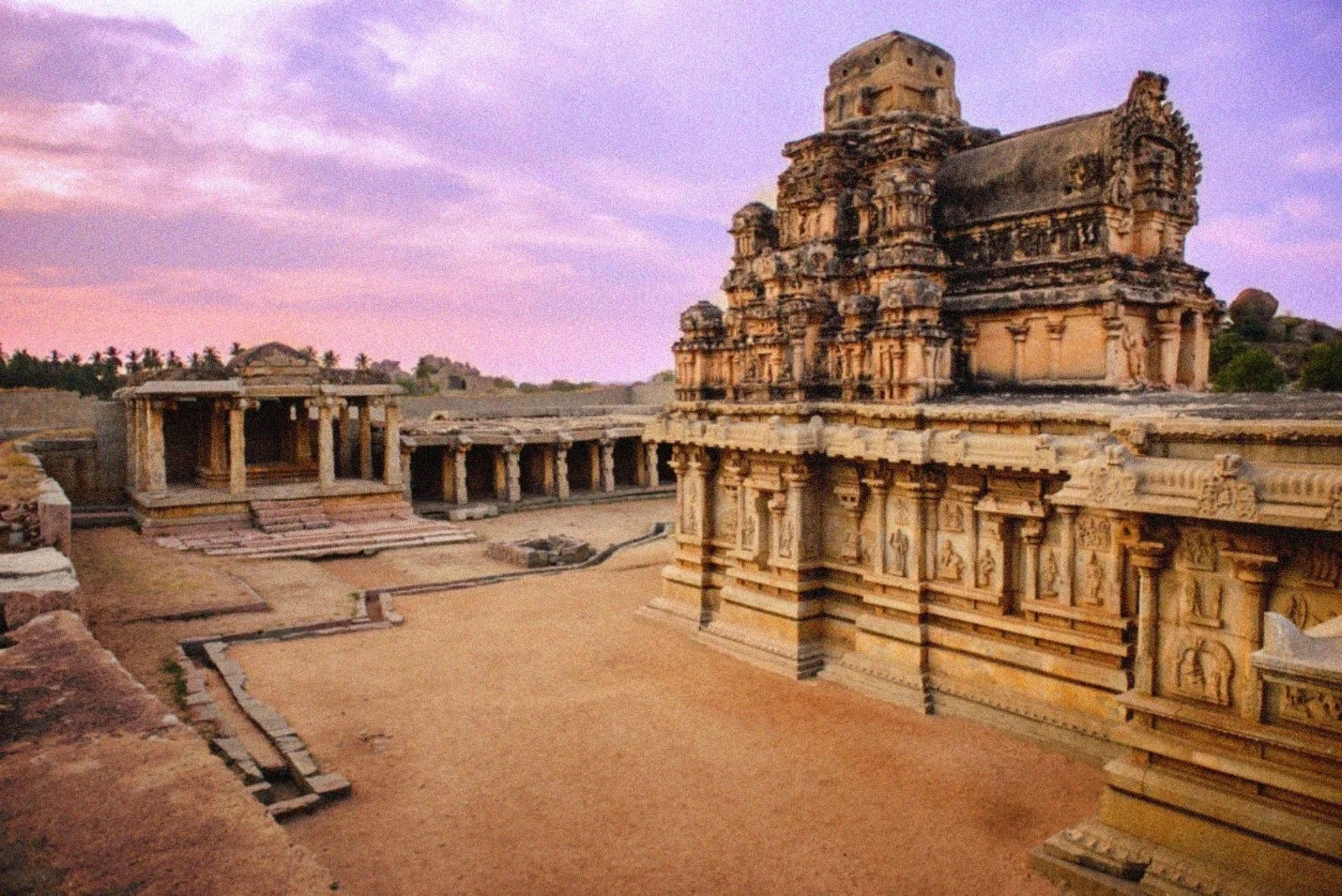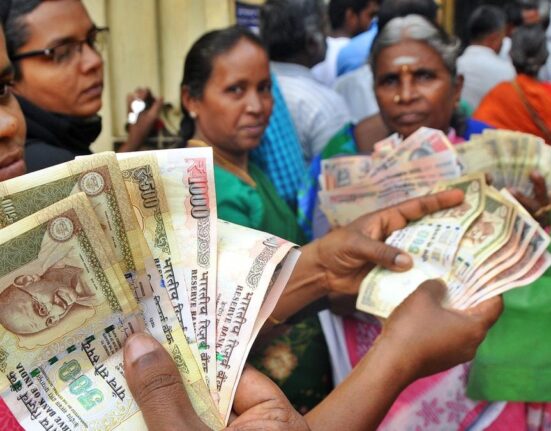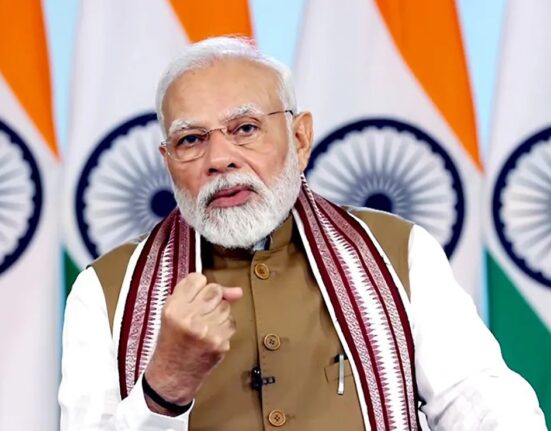परिचय
The foundation of the विजयनगर साम्राज्य in 1336 CE signifies a watershed in the medieval history of South India. Rising amidst a chaotic landscape shaped by the decline of older Hindu kingdoms and the northward advance of the Delhi Sultanate, the empire became a beacon of political stability, Hindu cultural revival, and military resilience in peninsular India for over two centuries. Its legacy is enshrined not only in its architectural masterpieces at Hampi but also in the enduring traditions of administration, society, and the arts.
Historical Context: Why and How It Began
The Political Landscape
In the early 14th century, South India faced repeated invasions from the Delhi Sultanate under rulers like Alauddin Khalji and Muhammad bin Tughluq. Major Hindu dynasties—the Hoysalas, Kakatiyas, and Pandyas—fell one by one to these incursions, leading to power vacuums, population displacement, and profound cultural anxiety.

Emergence of Unifying Leadership
In this setting, two brothers, Harihara I (Hakka) और Bukka Raya I, rose to prominence:
- Both had previously served as commanders or ministers under the Kakatiyas of Warangal and later under the Kampili kingdom in Karnataka.
- According to tradition, following the defeat of the Kampili kingdom by Muhammad bin Tughluq’s forces, Harihara and Bukka were taken to Delhi, forcibly converted to Islam, and then sent back as administrators. With the support and guidance of the sage Vidyaranya of the Sringeri Math, they reverted to Hinduism and began consolidating independent power against northern encroachment.
The Founding of the Empire
Establishment at Vijayanagara
- Around 1336 CE, Harihara I and Bukka Raya I declared independence, laying the foundations of the विजयनगर साम्राज्य on the southern banks of the Tungabhadra River, with the city of Vijayanagara (modern Hampi) as their capital.
- The location was strategic: defensible against invasions, centrally placed for trade in the Deccan and along the west coast, and steeped in legendary and religious significance.
The Vision and Objectives
- The primary mandate was to establish a powerful Hindu kingdom that could resist the expansion of Islamic states and revive and preserve the region’s threatened culture, traditions, and sacred sites.
- The empire also sought to provide stability, foster economic resurgence, and act as a unifying force for southern India.
Early Growth and Consolidation
- Rapid Expansion: Within the first two decades, Harihara I and Bukka Raya I extended their control over territory south of the Tungabhadra, absorbed remnants of the Hoysalas, and challenged the Sultanate of Madurai and other local powers.
- Integration of Peoples: Vijayanagara became a sanctuary for soldiers, scholars, artisans, and commoners displaced by war. It grew into a melting pot for Tamil, Telugu, Kannada, and Sanskrit-speaking communities, fostering vibrant multiculturalism.
Administration, Society, and Culture
Administrative Structure
- The empire was divided into provinces governed by royal kin or trusted generals.
- Local self-government and revenue systems were maintained, often adapting the best practices from predecessor kingdoms.
- An able bureaucracy and powerful army underpinned the state’s longevity.
Social and Religious Life
- While upholding Hindu dharma and customs, the empire displayed remarkable religious tolerance, allowing the thriving of Jain, Islamic, and Christian communities.
- Patronage of temples, mathas (monastic centers), and Sanskrit and regional literatures bolstered a revival of learning and arts.
Urbanization and Economy
- Capital City: Vijayanagara city became one of the world’s largest and wealthiest urban centers by the 16th century, with sprawling markets, aqueducts, temples, and palaces.
- The empire promoted trade both inland and overseas, facilitating economic prosperity and contact with Persian, Arabian, and European merchants.
Enduring Legacy and Historical Impact
- Bulwark of Hindu Civilization: Vijayanagara is credited with preserving Hindu culture, art, and institutions against centuries of northern incursions.
- Architectural Wonders: The remains at Hampi, now a UNESCO World Heritage Site, stand testament to the grandeur and refinement reached by the empire in architecture and urban planning.
- Cultural Syncretism: It became not just a military power but a hub for blending Dravidian and Indo-Islamic influences in art, language, and society.
- Political Legacy: The empire’s efficient administration, military organization, and ability to inspire loyalty enabled it to command respect and exert influence across peninsular India for more than 200 years.
Interesting Facts
- Vijayanagara was founded in reaction, in part, to Muslim invasions, yet the city’s diverse population included Muslims, and its troops employed artillery expertise from Persianate and Central Asian traditions.
- Both Harihara I and Bukka Raya I were advised by the spiritual scholar Vidyaranya, who played a key role in shaping the empire’s Hindu revivalist vision.
- The dynasty founded by the brothers—the Sangama—would be succeeded by three others: Saluva, Tuluva (of Krishnadevaraya fame), and Aravidu, with sixteen rulers in total.
- Portuguese, Persian, and Italian travelers like Paes and Nunes described the capital as rivaling the wealthiest cities of their worlds.

निष्कर्ष
The foundation of the Vijayanagara Empire in 1336 CE signaled the rise of a resilient, military, and cultural renaissance in South India. Its capital at Hampi became emblematic of a period of prosperity, innovation, and relative stability that shaped the destiny of peninsular India until the mid-17th century. The empire’s political and cultural achievements continue to echo in Indian consciousness as one of the most glorious chapters in medieval Indian history.
Related
What were the main political reasons behind the founding of Vijayanagara in 1336
How did the founders Harihara I and Bukka Raya I establish control over South India
Why did Vijayanagara’s rise happen amid the decline of the Delhi Sultanate and Hoysala power
How did Vijayanagara’s establishment influence the Hindu culture and resistance against Muslim invasions
What role did Vidyaranya and the Sringeri Math play in the empire’s foundation and stability








इस बारे में प्रतिक्रिया दें